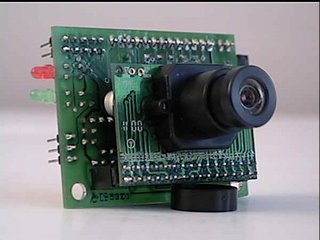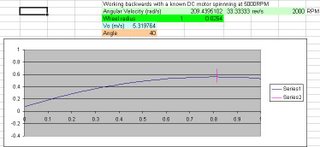I have ordered a microcontroller kit from www.bdmicro.com to use for my robot. I have used HC11’s HC12’s, Basics Stamps II’s, and OOPics on former robots. In my engineering life I have played with PICs , AVRs, and Rabbit2000s. My favorite, the AVR. Thus when I found the ATMega128 kit I felt at home. I prefer C to ASM and Basic and the AVR is optimized for C. I also wanted the built in features the AVR offers (A2D, PWM, I2C, etc…). So my kit will be here today and I will have either a long night or a short weekend of SMD soldering and testing.

I also order the ICE from www.ecrostech.com as I only have a STK400 and don’t need want the STK500. I will be using WinAVR and it’s associated tools (though not PN, I use Ultredit32 and love it) and AVRStudio from Atmel for the actual flashing.
I know for certain that I will have a serial LCD (as I have a bunch of them I bought when a local business went out), will do line tracking, will use a sonar (I have one so why not), will try to incorporate a CMUcam (I have one and have always wanted to use it so…). I would like to implement speech/sounds but this is “bells and whistles” stuff so it’s on the back burner.

Onward,
Jay
Jay


